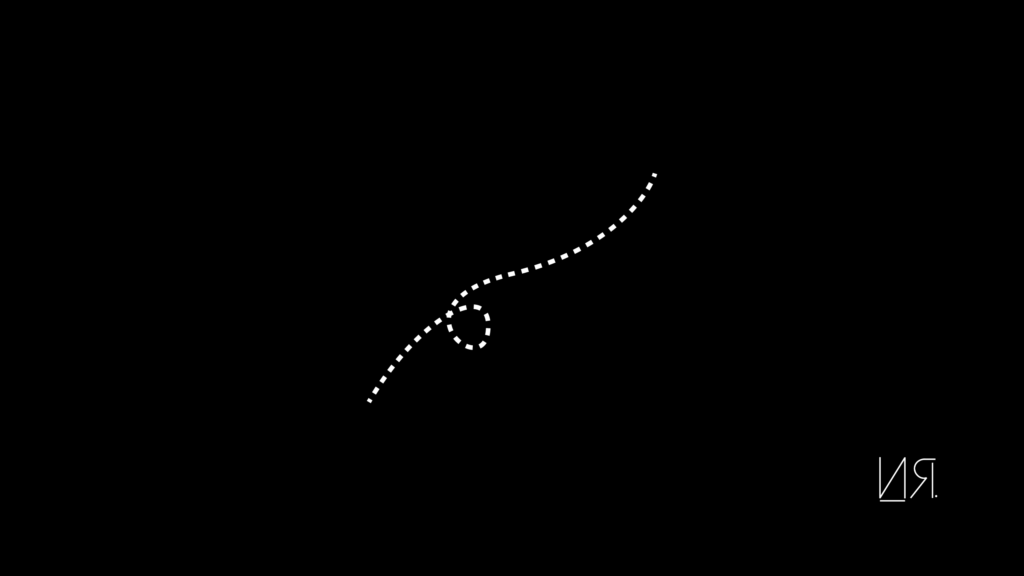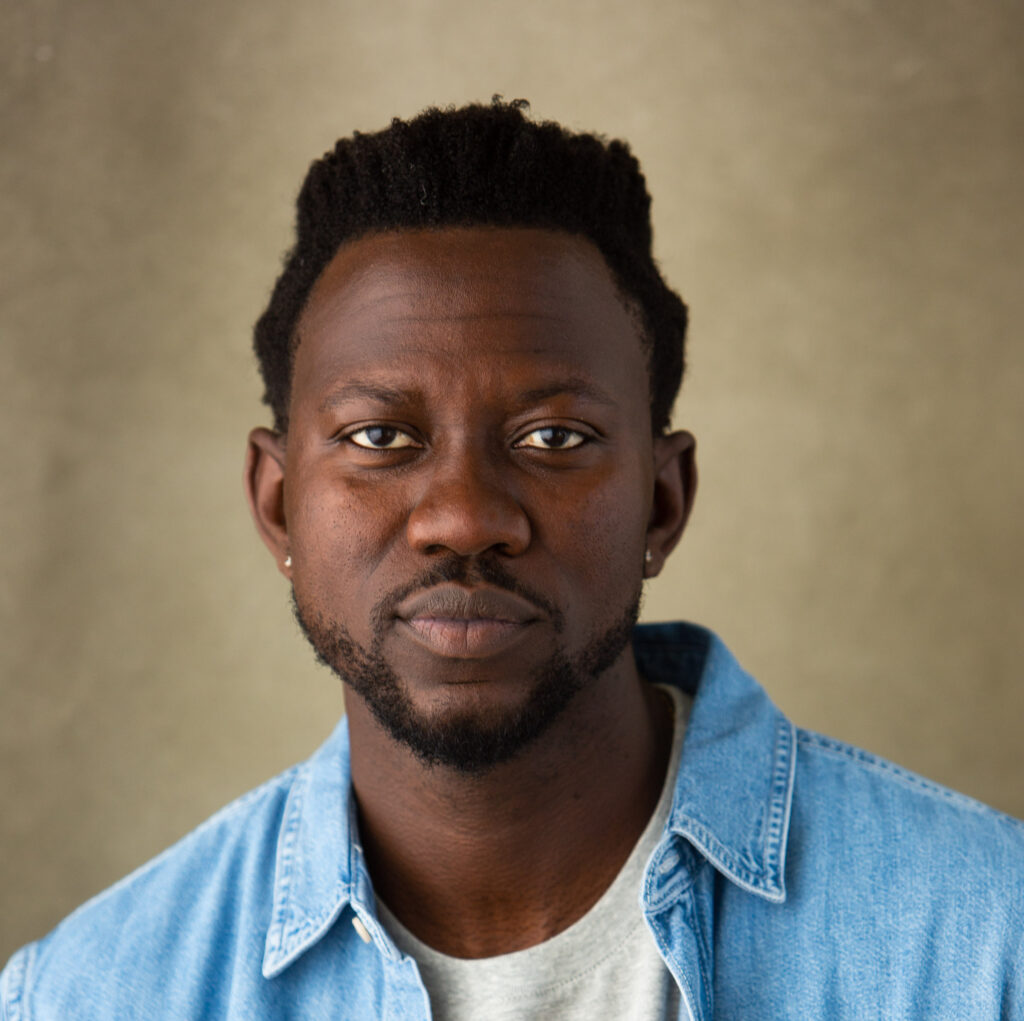When I wrote Press Play in 2019, I interviewed a lot of entrepreneurs, musicians, and designers.
I also listened to a lot of music that became the soundtrack to the book.
One of those monumental albums was Kendrick Lamar’s “To Pimp A Butterfly”
The context of the album is that most people love the final product (the butterfly) while they despise the process (the caterpillar in the cocoon).
From ‘Institutionalized’ to ‘i’, Kendrick took me on a sonic journey as I wrote.
Years later, one song that resonates as I currently read the book “Effortless” is a song called “You Ain’t Gotta Lie (Momma said)”
The chorus goes:
“you ain’t gotta lie to kick it”
“You ain’t gotta lie” x2
“you ain’t gotta lie to kick it”
“You ain’t gotta try so hard”
A lot of us try so hard to get what we want. It’s actually taking us further away from our goals and causing fatigue.
What if we tried a different approach?
Trying too hard?
Most people think they have to work excessively to get what they want in life.
We overcomplicate it.
We want it so much that it stifles the actual goal.
This leads to burnout and discouragement.
You end up being tired, wired, and sometimes fired.
Always fatigued to do the next step. No space in your mind for freshness.
But wait, I thought: “Nothing worth doing came easy?”
Isn’t it: “the harder the battle, the sweeter the victory?”
Sure if the battle is tough, then you have to fight it, but if you had two options to win the same battle – the hard or easy route – what would you choose?
I don’t know about you but these days, I’m choosing the easier route.
According to the Art of War, the best way to win a battle is not to fight at all. The simplest steps to your goals could be simplified to no steps at all.
Yet, most times we choose the most difficult path to get what we want.
The reality is – you don’t have to overwork yourself to get the results you need. Too many steps are intimidating you and stopping you from moving forward.
You can achieve more by doing less.
Slow is smooth. Smooth is fast.
Pace yourself – the entire journey is a marathon.
5 Steps of effortless action
This isn’t an Apple commercial but it is possible to get more with less.
To overcome the “overdoing” syndrome, you have to unlearn the puritan perspective that anything worth achieving can only be done through “mind-numbing”, “body-draining”, “time-crunching” work.
One you detach from this mindset, you will create the space in your life to begin the practice of working with ease.
You will start taking action to fulfill the life you want. You will be better at starting and dealing with uncertainty.
You’ll get into the practice of finding and setting your own pace.
Here are five steps to get you there:
1. Define
Definition is exactly what you need to succeed.
When the goal post keeps shifting, you just exert yourself more.
Whenever I’m about to start a project with a client, I spend 80% of the time clarifying the scope of the project.
Asking the same redundant question, over and over again: “what does success look like for you?”
I learned earlier that without a clear end goal, the scope of the work would keep increasing through the project’s life cycle.
We’ll both end up doing more work and getting less results.
For effortless work, you need to define it to move forward.
In economics, there is the law of diminishing returns when it comes to effort and output. That’s the point where working more actually has a negative impact on the outcome.
The tail end of this is overexertion.
One way for this to happen is not properly defining what the finish line looks like.
With vague end points, you will keep tinkering in search of perfection until you start working against yourself.
Tinkering is good in the beginning, but there comes a point when it starts dropping the output.
Try a one-minute clarity and ask what “done” looks like. It does not have to be over complicated, but be clear on where you want to go.
2. Start
Your next step is the most important step.
Isn’t it great when you are on a strategy call and everyone is talking about the end state?
Everyone is visualizing the goal. The dopamine in each mind is kicking like a Brazilian football team. A beautiful dance of “feel good” is twirling in your mind.
You feel like you are part of something amazing.
For a brief second, you think you’ve found your purpose in life. Your heart is warm – “I have finally found my tribe” you whisper to yourself.
Then the boring project manager comes and says: “great, now let’s talk – next steps. Let’s put some action items on the table”
“Oh no, not him again.”
You know everyone is thinking: “why does he always have to be such a downer on the fun, geez. Let’s make sure he doesn’t come to the happy hour”
The end state is desirable. The first step is usually the opposite.
A lot of times the end goal is clear and desirable, the opposite is true for the immediate next step.
You can clarify this by reverse engineering the end goal and determining the minimum viable action.
What action can you take now that will give the maximum learnings for the minimum efforts?
You then use the learnings from that first step to inform the next, and the step after.
Want to clean your house? Start by picking up a broom.
Want to write a paper? Pick up a pen.
Also, focus on the power of 2.5 seconds.
According to neuroscientists, 2.5 seconds is our experience of “the now.”
It may seem trivial but there’s so much fighting for our attention in that time.
Besides making the essential easy, we should also practice making the trivial hard to get to.
“At the risk of traveling miles down the wrong path, we can opt for taking the minimum viable first action: the action that will allow us to gain the maximum learning from the least amount of effort”
~ Greg McKeown, Author of Effortless
Reverse engineer your goal and make the next step tangible and feasible so that you can take it.
3. Simplify
Stick to the essential script and start from zero to simplify steps to your goals.
How many times do you go over and beyond? for colleagues, friends, and family?
Oh, wait! You’re still waiting for a trophy?
On the contrary, you don’t even get any returns on the thing that was asked of you. Most times, you actually missed the essential, in attempts of trying to go overboard.
In Nigeria, we’ll ask: “who begged you?”
AKA
Stick to the script. Do what is essential and what was asked for.
Simplify the process and make it frictionless. People make tasks overcomplicated – adding in numerous steps.
In such a situation, start from zero.
From point zero to your goal, ask: “what is the minimum number of essential steps you can take?” and stick with it.
Maximize the amount of work not done.
Because even better than the simplest step is to not have a step at all.
Anything that’s more than what is required is unnecessary.
When you’re asked to run the first mile, and you’re concerned about impressing in the second mile, you have already lost track of the goal.
“Simplicity – the art of maximizing the steps not taken – is essential”
Regardless of how simple the step is, taking no step is still easier.
Focus on minimizing the number of steps to your process.
4. Progress
Master the art of the imperfect alchemist.
Use the “zero draft” approach to kick start and find your true output.
My best analogy for writing is sculpting.
The first draft is like the raw material. You chip away at this (through editing) to reveal the true story.
It’s an art of sculpting language but you have to start with something – the raw material, your words.
Go a step further back in the process and the elements for the “raw material” have to be mixed together.
This is where you do the work of the language alchemist with the “zero draft” approach.
The draft before the first draft.
AND Guess what? No one even has to read it.
Get comfortable with imperfection.
Practice it.
So many people psych themselves out when getting stuff done. The intimidation of being judged or that the output will not be perfect stops us.
You have to get comfortable with the practice of putting down an attempt that’s filled with ‘rubbish.’
The next time you work on it – it’s less rubbish.
You continue this process until the work is closer to your expected quality level.
It’s a process.
Forget the first draft, take the “zero draft” approach. Write what you will write before the first draft.
Just for yourself. No one has to read it.
You’ll be surprised how your creative juices begin flowing.
This practice goes beyond writing to any endeavor you partake in.
“When I’m writing, I write. And then it’s as if the muse is convinced that I’m serious and says, ‘Okay. Okay. I’ll come.”
~ Maya Angelou
Practice the art of imperfection. Move away from the rigidity of perfectionism and start making progress with your goals.
5. Pace
Move slow in life to move faster to your goals.
I started my career watching trends and charts at manufacturing plants.
Behind the scenes were trained neural networks that kept the plant optimized, moving at a steady pace and working towards an optimal goal within predefined bounds.
15 years later, I learned that I could use the same approach to our personal lives.
The world is filled with uncertainty and the best way to move is like our brains and its neural network to our objectives.
When we get motivated, we do “the most” because who doesn’t want to achieve (we love it).
On down days, we feel guilty and unmotivated.
When we get back up, we want to compensate for missed time. Once again – overexerting. Up and down.
Up and down.
The cycle continues.
The best way is to move smoothly at a steady pace. It’s a Marathon (I know Nipsey will be proud).
Do this by setting your objectives, putting up your upper limits to your activities and setting a range.
Want to finish a book?
Set a minimum range: At least five pages a day.
Maximum: Not more than 30 pages.
Moving consistently might seem counterintuitive especially when you still have some energy in the reserve as you finish a task.
You caught your second wind, huhn? Yes?
No. Quit while you’re ahead.
Go and rest while you still have energy. That’s how you move at a sustainable pace.
“Slow is smooth. Smooth is fast”
~ Greg Mckeown
Find your own pace by setting an upper limit to your activities and placing it within a range to stay consistent.
Final Thoughts
You don’t have to embrace stress to be taken seriously.
You can hit your ambitious goals by letting go.
When you want it so bad, your grasp becomes tight, squeezing the life out of your dreams.
Make time work for you and take the effortless route towards your goals.
Start by getting clear about what “done” looks like. Reverse engineer your goals to know your next best step.
Do not overcomplicate your process. Outline the simple steps to get you to the end state.
Move away from perfection and embrace the initial ‘rubbish’ that can be refined along the way.
Make sure you pace yourself.
Don’t buy into the “break everything fast” syndrome going around. Slow is smooth and smooth is fast.
Find your own pace and move with ease.



